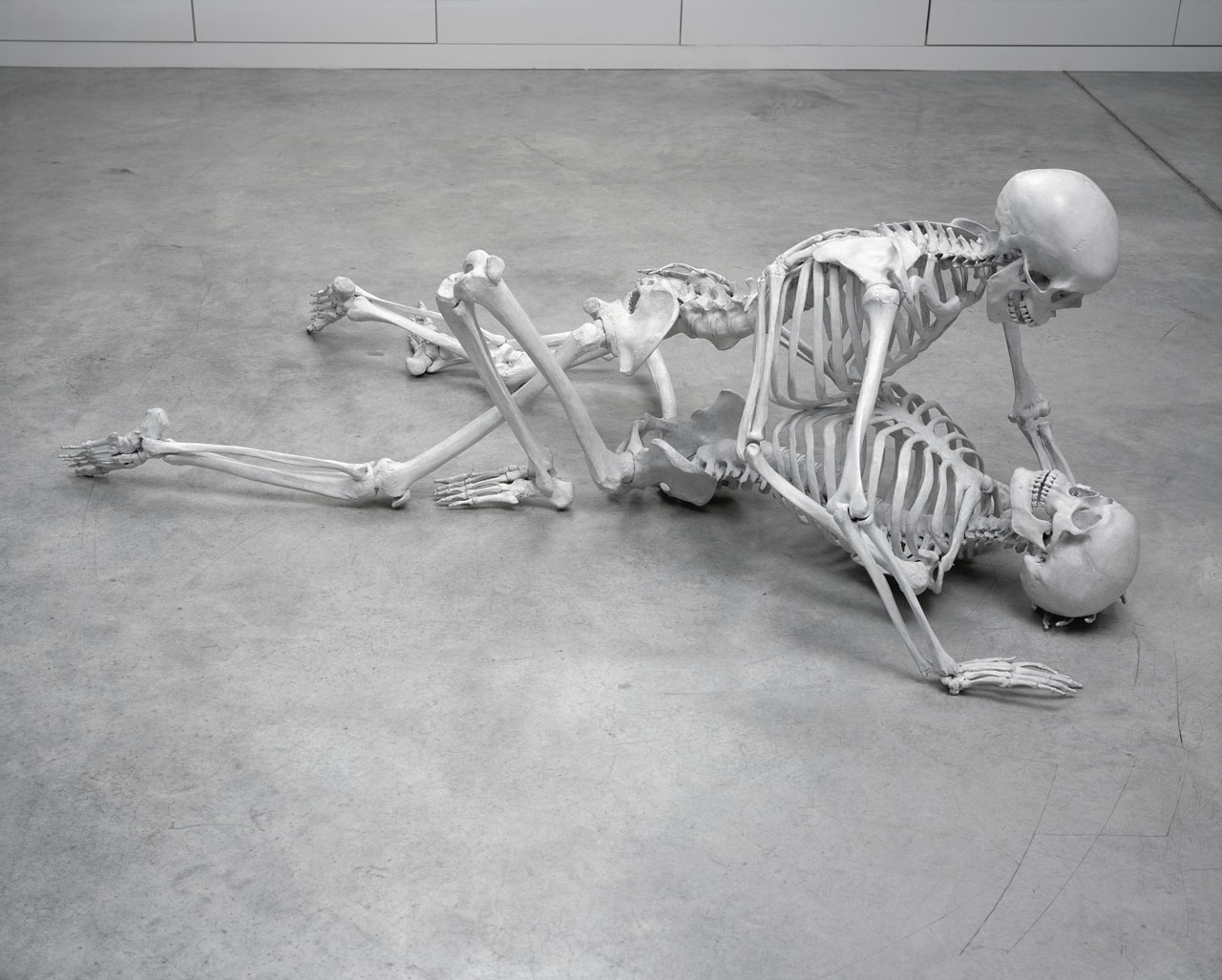
Foundation
Marc Quinn
October 5 → January 6, 2008
Gathering over forty recent works, DHC/ART’s inaugural exhibition by conceptual artist Marc Quinn is the largest ever mounted in North America and the artist’s first solo show in Canada
Theme: Painting
This article is complementary to the video Movements: RELATIONS – On «Painting» narrated by Daniel Fiset.
In an attempt to draw a portrait of the international art scene, several critics have advanced the hypothesis of yet another return to painting in contemporary art. Suddenly, painters are entitled to major exhibitions announced with great fanfare, in addition to taking centre stage in the media and at art fairs and biennials. This return, which has been observed more or less every decade since the 1980s, says more about the way in which the art world continues to legitimate the work it has produced than it does about painting itself. It indicates where, in different ways, the value of a work of art is confirmed: in museums, the marketplace and the specialized press. It also signals that art history took form by contrasting practices in order to better define them: painting was conceptualized by comparing it with sculpture, drawing, photography and performance.
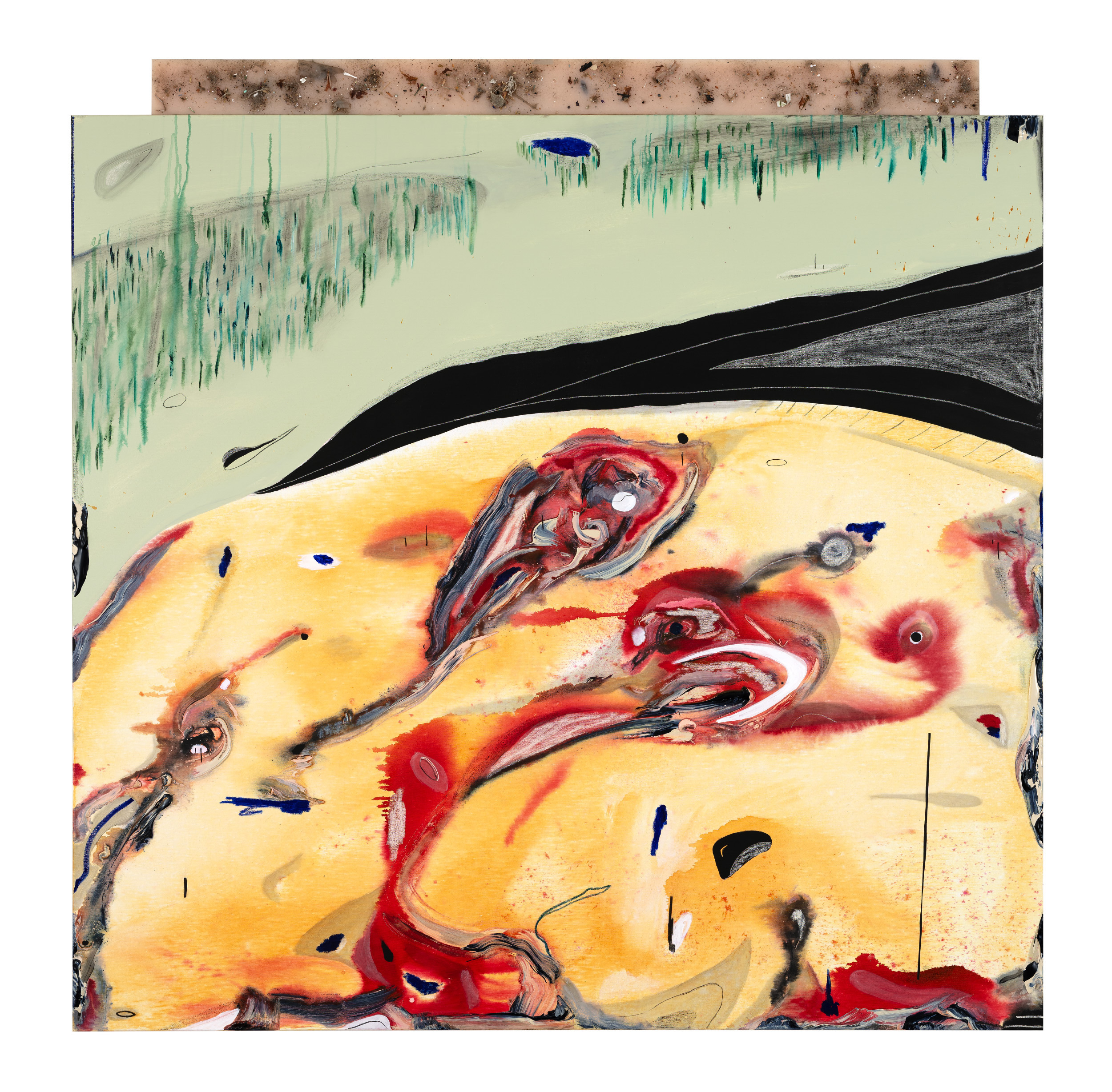
This so-called return to painting is deceptive, because painting never really went away: one need only consider the great variety of pictorial practices since the latter half of the twentieth century, some of which are entering museums after having been rejected for decades. To this variety we could add the interest art audiences have maintained in painting. Why does it remain central to our understanding of the visual arts? Is it because painting’s conventions have been mastered, and that this mastery renders our understanding of paintings less destabilizing, more certain? Or is it, rather, due to the fact that it has been able to shake off questions that had preoccupied it since the invention of photography as to its ability to reproduce reality faithfully, and that today it is benefitting from a new-found freedom? That it is less dogmatic and pamphleteering than it was in the twentieth century? That it has developed a language in complete contrast with the incessant flow of images typical of our world today?
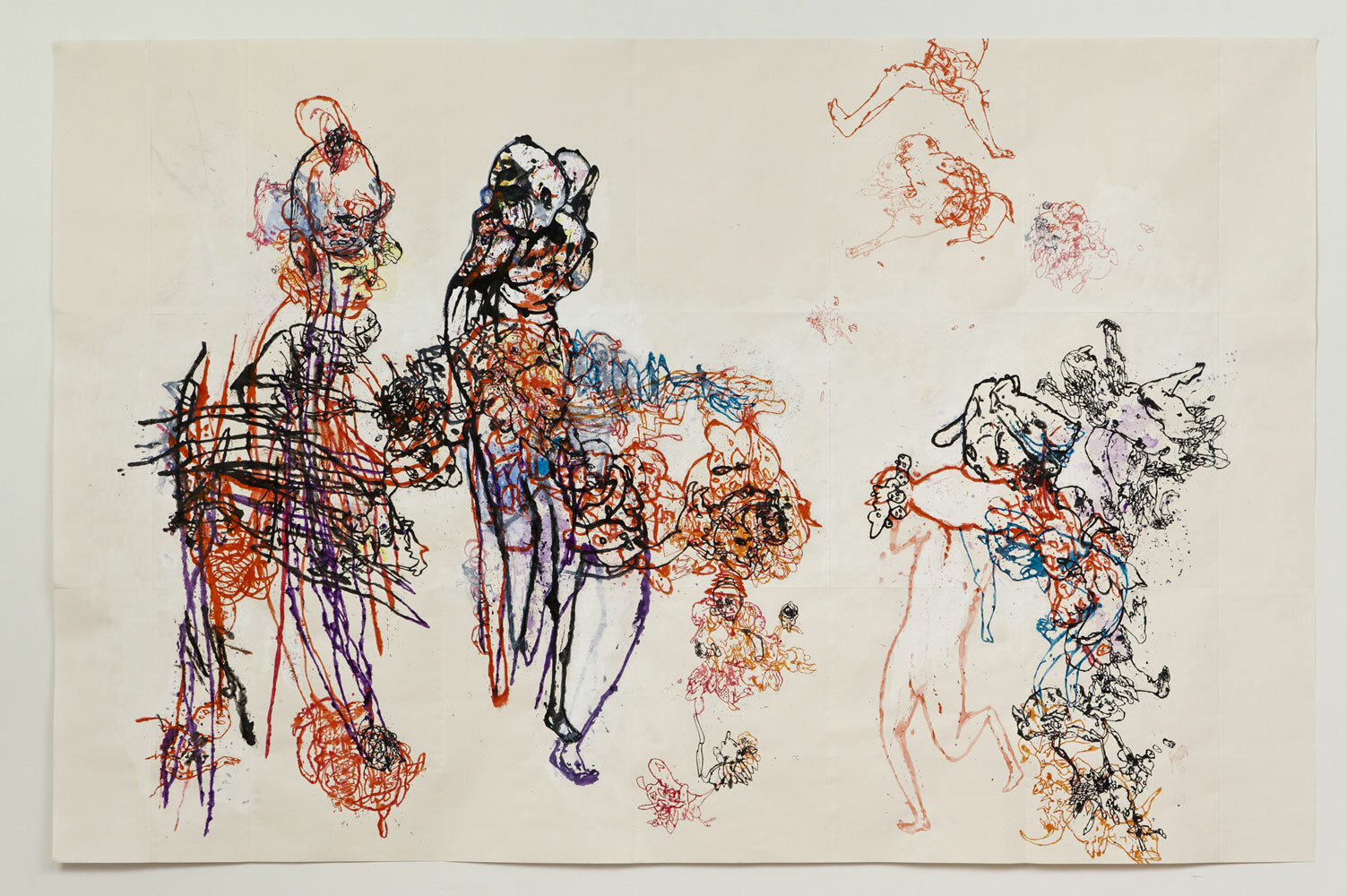
Rather than speaking of a return, it would thus be more accurate to speak of painting’s new visibility. This visibility is conveyed through the media and institutions, of course, but it also invites us to view painting differently. In this sense, what do the works presented in RELATIONS reveal? Each becomes a site of critical exploration where identities and belongings are negotiated, a site where history intermingles with lived experience, the personal with the political. In addition, these are not just paintings: collectively, they borrow, in turn, from the strategies of conceptual art (Jinny Yu), from institutional critique (Kamrooz Aram), the ready-made (Larry Achiampong), collage (Manuel Mathieu, Bharti Kher, Frank Bowling), drawing (Moridja Kitenge Banza, Ed Pien), textile art (Jordan Nassar, Yinka Shonibare) and wall art (Jessica Sabogal and Shanna Strauss).
Movements: RELATIONS is a tool designed by the PHI Foundation’s Department of Education to encourage visitors to develop and elaborate on some key concepts of the exhibition RELATIONS: Diaspora and Painting.
Author: Daniel Fiset
Daniel Fiset is a cultural worker based in Tiohtiá:ke/Mooniyang/Montreal. Holding a Ph.D. in art history from Université de Montréal, he has collaborated with numerous Quebec and Canadian institutions in the field of visual arts, including OPTICA, esse arts + opinions and the Musée d'art contemporain des Laurentides. He is currently the adjunct curator for engagement at the PHI Foundation for Contemporary Art, and curated the 2021 PHI MONTRÉAL exhibition.

Foundation
Gathering over forty recent works, DHC/ART’s inaugural exhibition by conceptual artist Marc Quinn is the largest ever mounted in North America and the artist’s first solo show in Canada
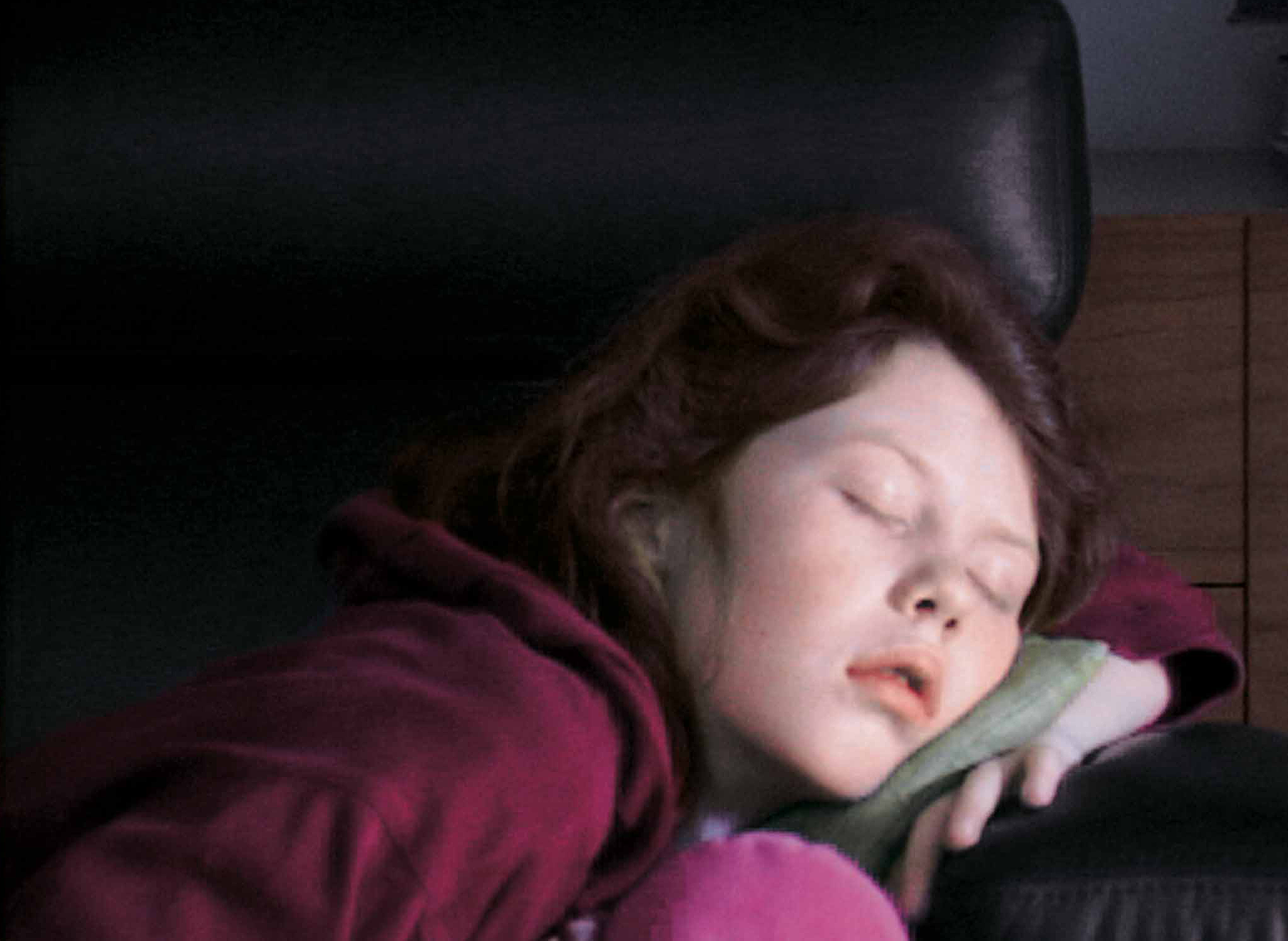
Foundation
Six artists present works that in some way critically re-stage films, media spectacles, popular culture and, in one case, private moments of daily life
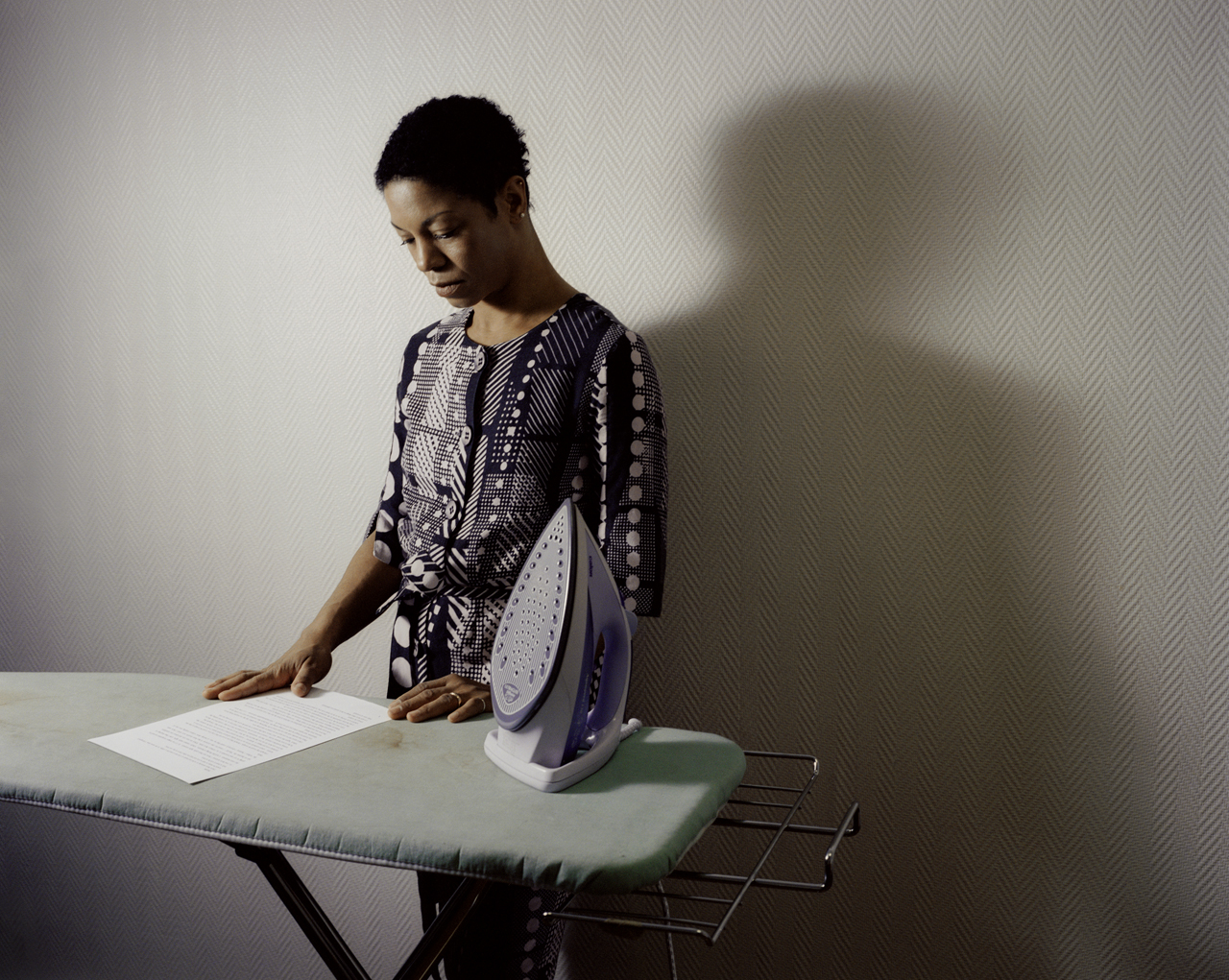
Foundation
This poetic and often touching project speaks to us all about our relation to the loved one
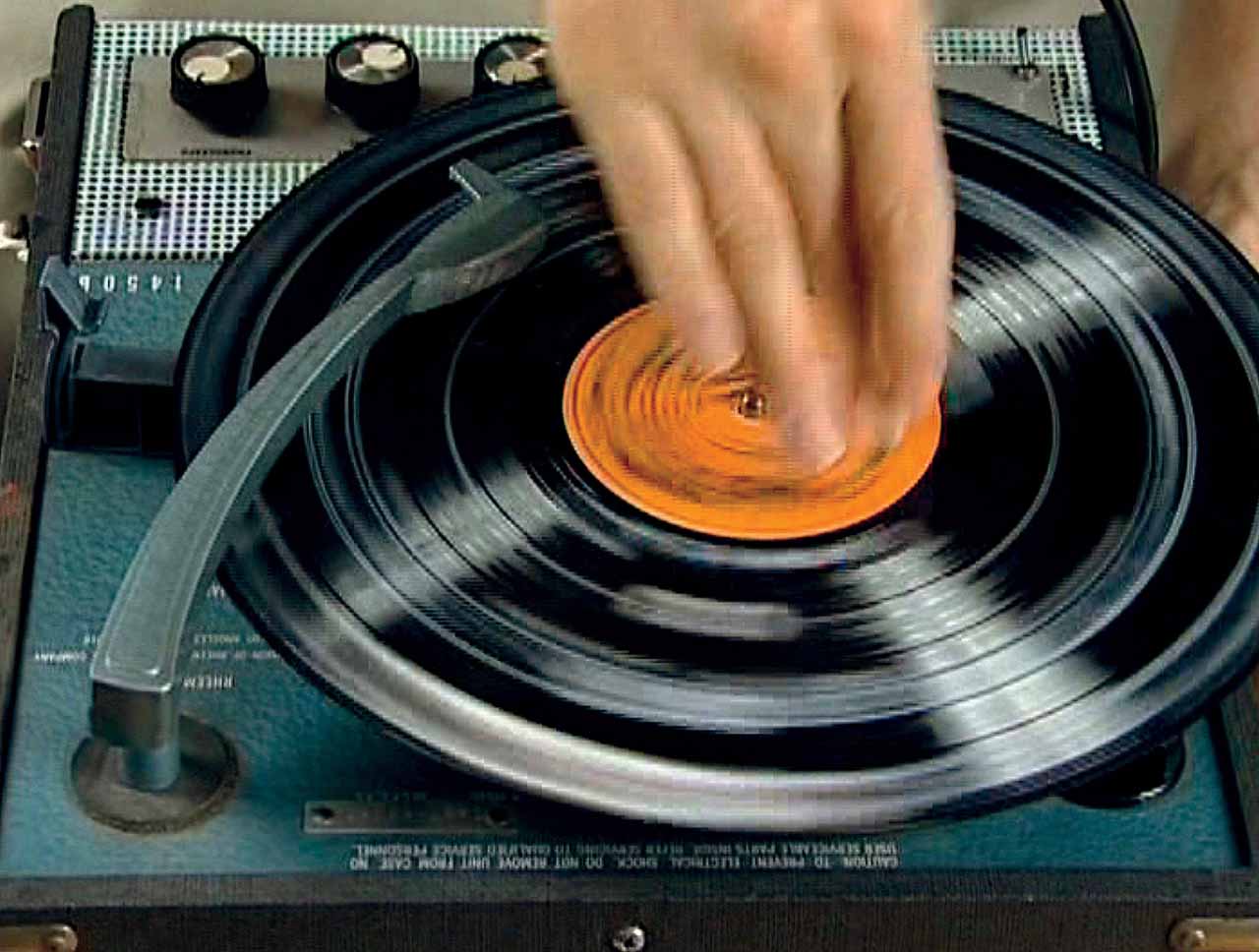
Foundation
DHC/ART Foundation for Contemporary Art is pleased to present the North American premiere of Christian Marclay’s Replay, a major exhibition gathering works in video by the internationally acclaimed artist
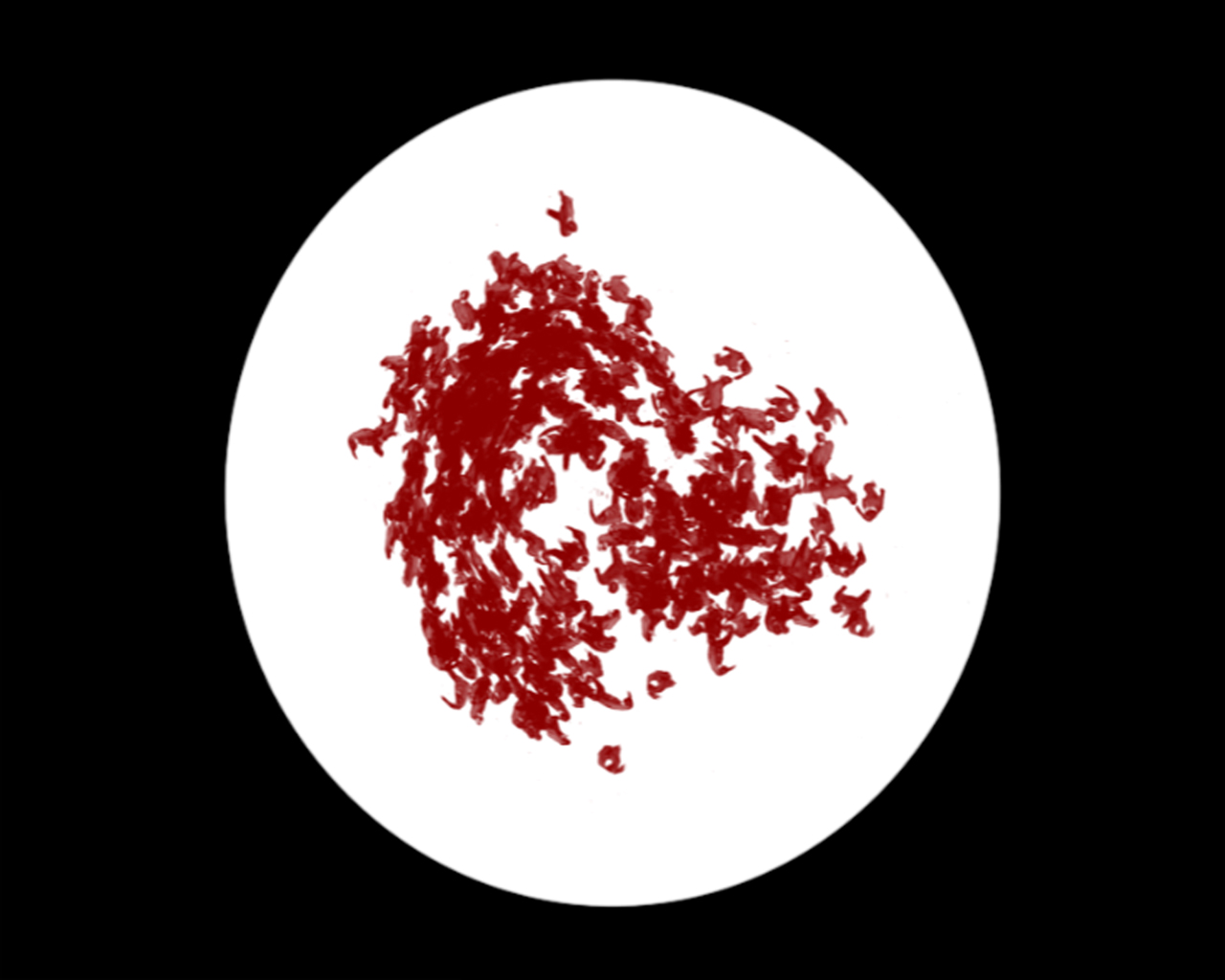
Foundation
DHC/ART is pleased to present Particles of Reality, the first solo exhibition in Canada of the celebrated Israeli artist Michal Rovner, who divides her time between New York City and a farm in Israel
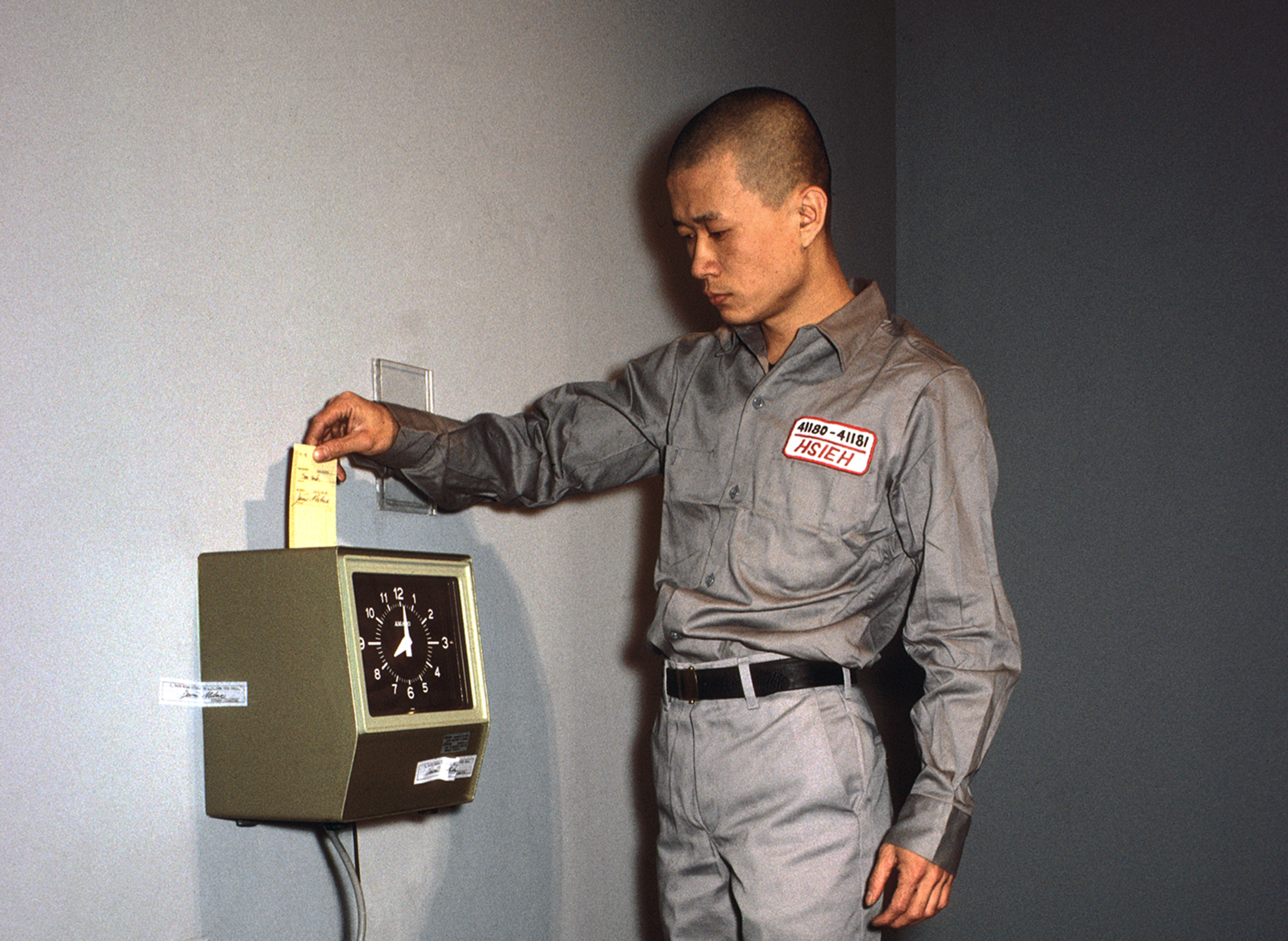
Foundation
The inaugural DHC Session exhibition, Living Time, brings together selected documentation of renowned Taiwanese-American performance artist Tehching Hsieh’s One Year Performances and the films of young Dutch artist, Guido van der Werve
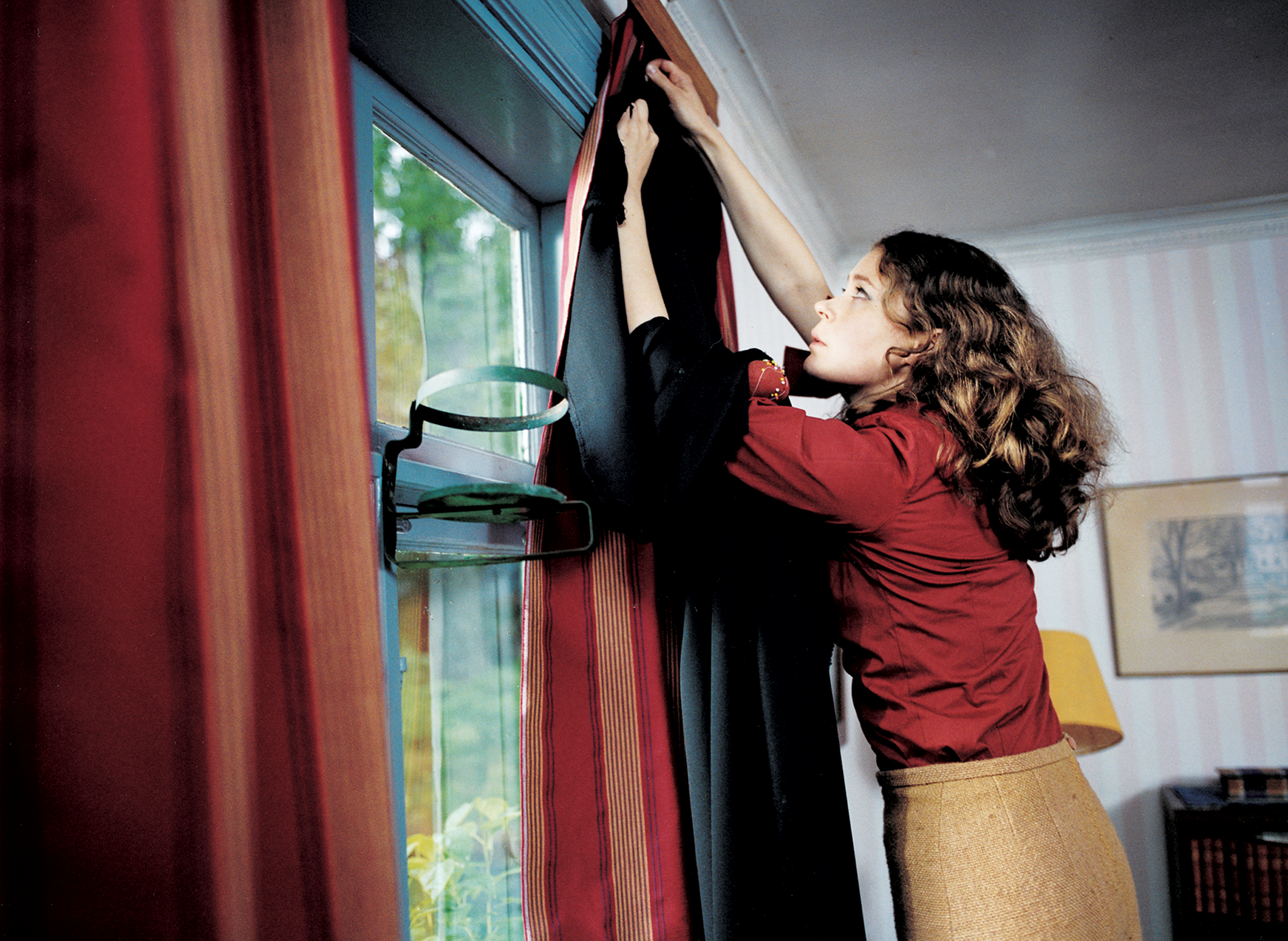
Foundation
Eija-Liisa Ahtila’s film installations experiment with narrative storytelling, creating extraordinary tales out of ordinary human experiences
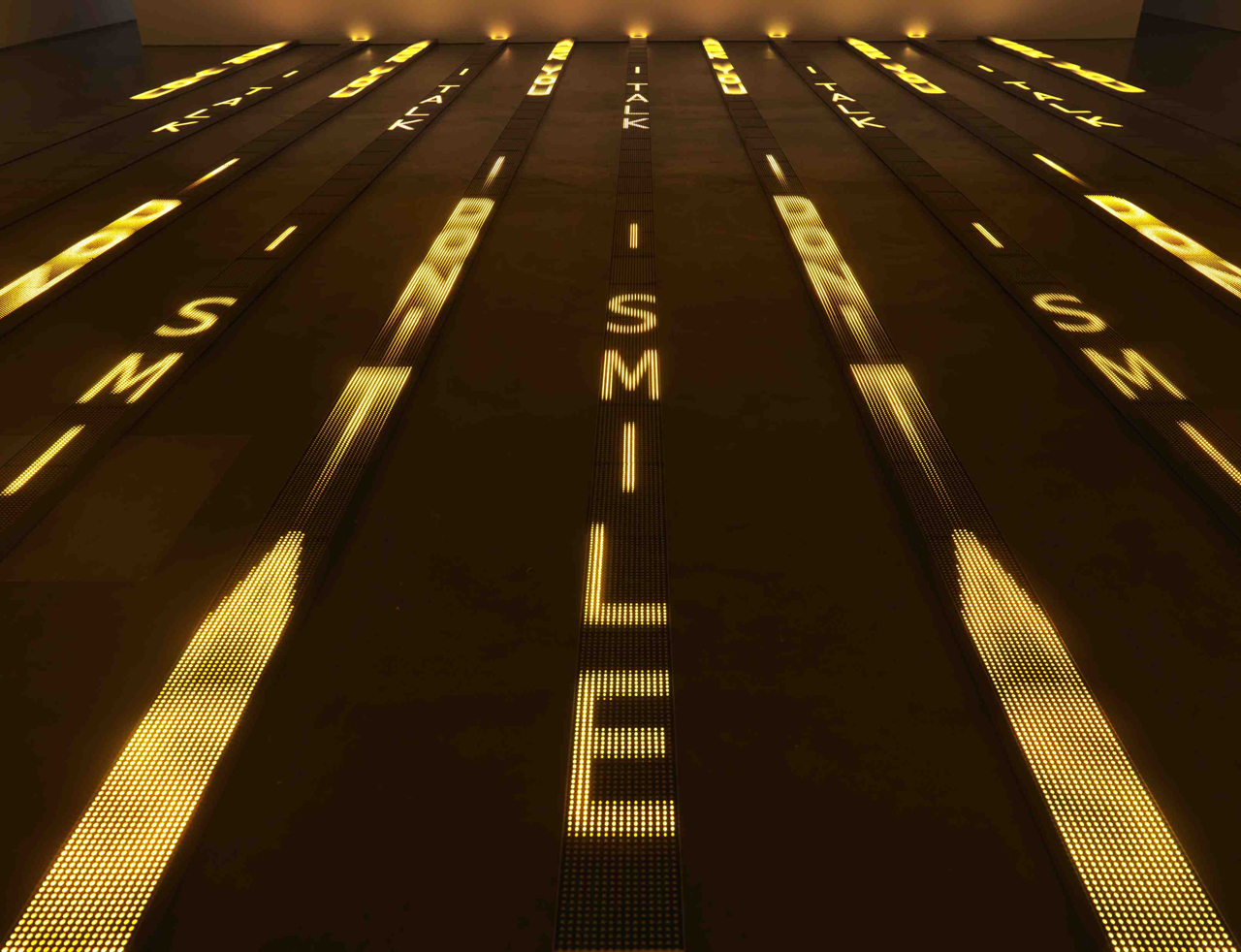
Foundation
For more than thirty years, Jenny Holzer’s work has paired text and installation to examine personal and social realities